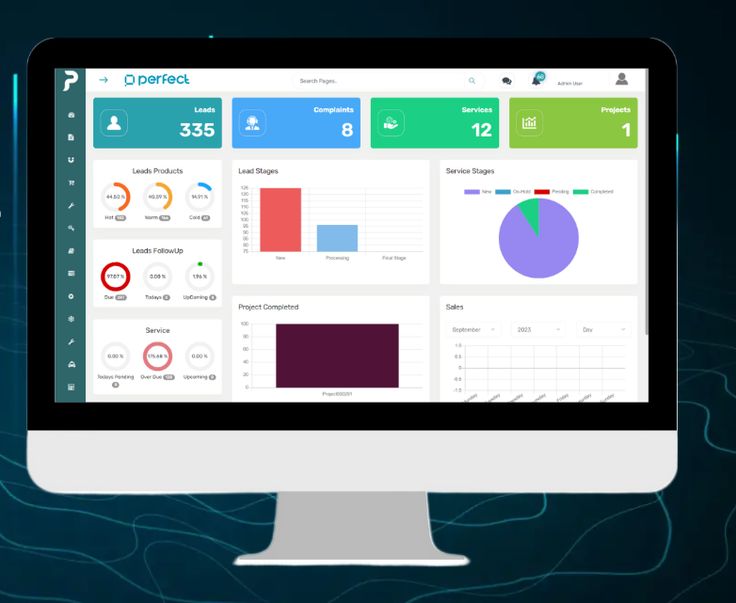
- Use Meaningful Naming Conventions
Naming variables, functions, and classes effectively is essential for making code
more readable. Clear and descriptive names give immediate insight into a
code’s purpose. Consider the following guidelines: • Use Descriptive Names: Avoid single-letter names (like x or y), unless
they’re in a very small scope. Instead, use names like userCount or
totalRevenue that convey meaning.
• Be Consistent: Stick to a naming convention, whether it’s camelCase,
PascalCase, or snake_case. Consistency helps others read and understand code
without reorienting themselves with each file.
• Avoid Abbreviations: Abbreviations can lead to confusion. Instead of usrCnt,
write userCount to maintain clarity.
- Keep Functions and Methods Short
Long functions are often difficult to read, understand, and debug. Breaking
down a large function into smaller, reusable parts can make code more
approachable and modular. Aiming for functions that accomplish a single task
improves readability and makes testing easier.
• Single Responsibility Principle: Each function should perform only one task.
This makes the code easier to follow and maintain.
• Limit Function Length: Aim for around 10–20 lines for each function. This
isn’t a strict rule, but keeping it in mind can help ensure code simplicity.
- Comment Wisely
Comments are essential for clarifying complex logic, but over-commenting can
lead to confusing. Instead of explaining what the code does, comments should
provide insights into why certain decisions were made.
• Use Comments Sparingly: Code should be self-explanatory. Comments are
most effective when they add value to understanding, especially if they provide
context about why certain choices were made.
• Avoid Redundant Comments: A comment like // Increment i by 1 above i++
is unnecessary and clutters the code. Instead, use comments to explain
complex algorithms or to clarify intentions.
- Use Consistent Formatting and Indentation
Consistent formatting and indentation are crucial for code readability. A
standardized structure helps others quickly understand the code’s flow and
reduces errors.
- Indentation: Proper indentation improves readability and helps distinguish
code blocks.
• Whitespace: Use whitespace to separate logical sections, making code
easier to scan. - Line Length: Avoid long lines that require horizontal scrolling.
- Organize Code with Logical Structure
A well-organized file structure helps developers locate files efficiently and
understand the project layout. Grouping related functions and data, separating
concerns, and using consistent patterns promote clarity.
- Group Related Code: Organize functions and methods into logical sections
or modules to simplify navigation.
• Adopt a Consistent Structure: If working on a project with multiple
developers, agree on a common structure for files and folders.
- Refactor Regularly
Refactoring is the process of restructuring existing code without changing its
behavior. Regular refactoring can remove redundant code, clarify logic, and
generally improve readability.
• Remove Unnecessary Code: Dead code, duplicate functions, and overly
complex logic can be simplified to make code cleaner.
• Reuse of Code: By removing duplicated code, which not only reduces
codebase size but also improves readability.
- Use Proper Error Handling
Clear error messages and structured error handling help other developers
understand potential failure points and handle unexpected situations more
gracefully.
• Meaningful Error Messages: Provide context with error messages to
help developers understand what went wrong.
• Avoid Generic Error Handling: Instead of broad exception handling,
aim for specific exceptions to provide better context and control.
- Proper Documentation
Documentation at the code and project levels can help others (and future you)
understand how the codebase is structured and how specific functions or
modules should be used.
• Document Complex Code: Where logic is intricate or algorithms are
complex, add inline documentation to explain the process.
• Create a Project README: Provide an overview of the project,
installation instructions, and usage examples.
By following these practices, developers can create clean, maintainable code that is easier to read and understand, fostering a collaborative coding environment. For businesses aiming to streamline their operations and improve workflow, adopting tools like ERP for Small Business can also enhance efficiency and clarity across processes. For further details, contact +919072220086.
